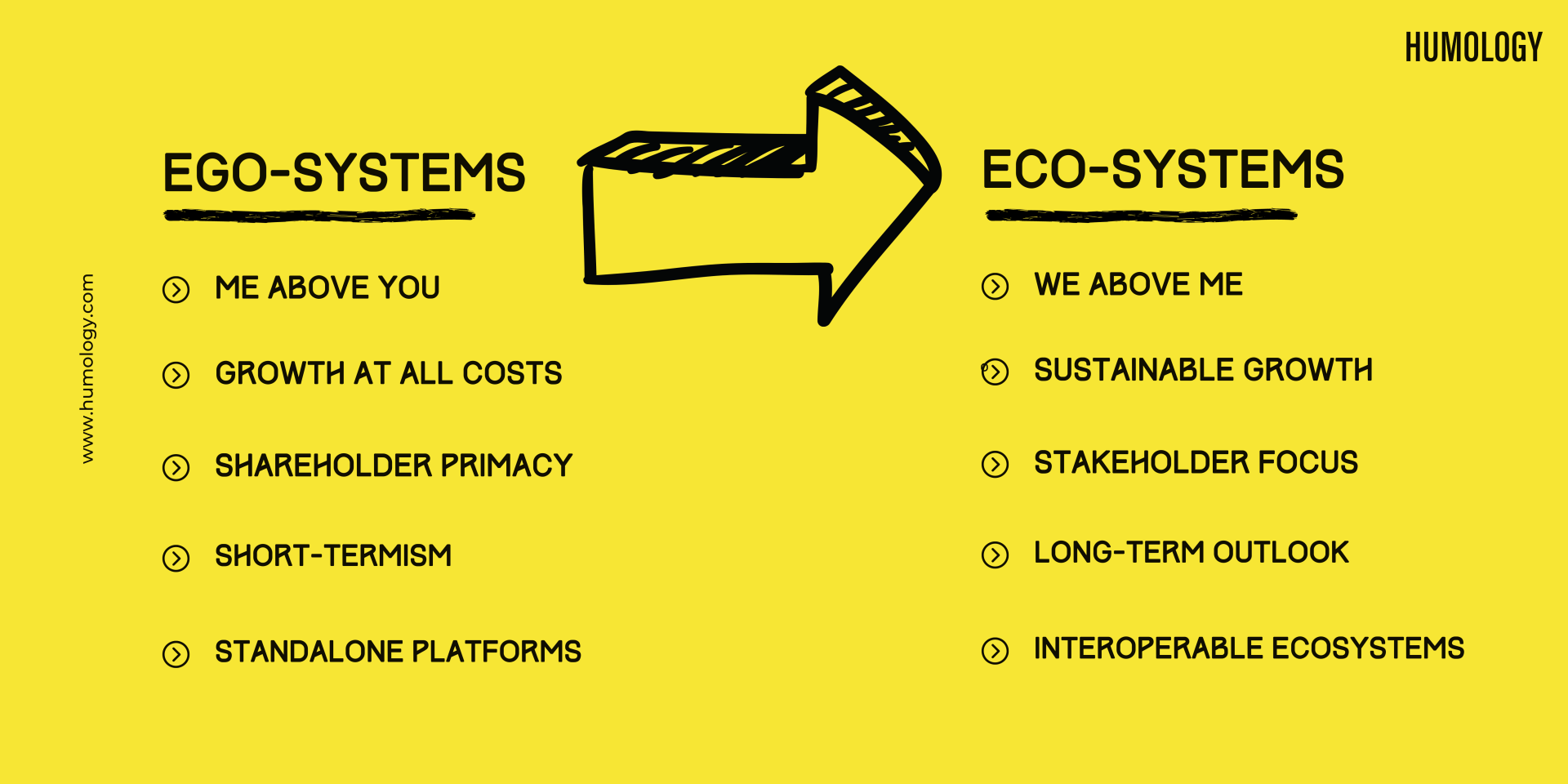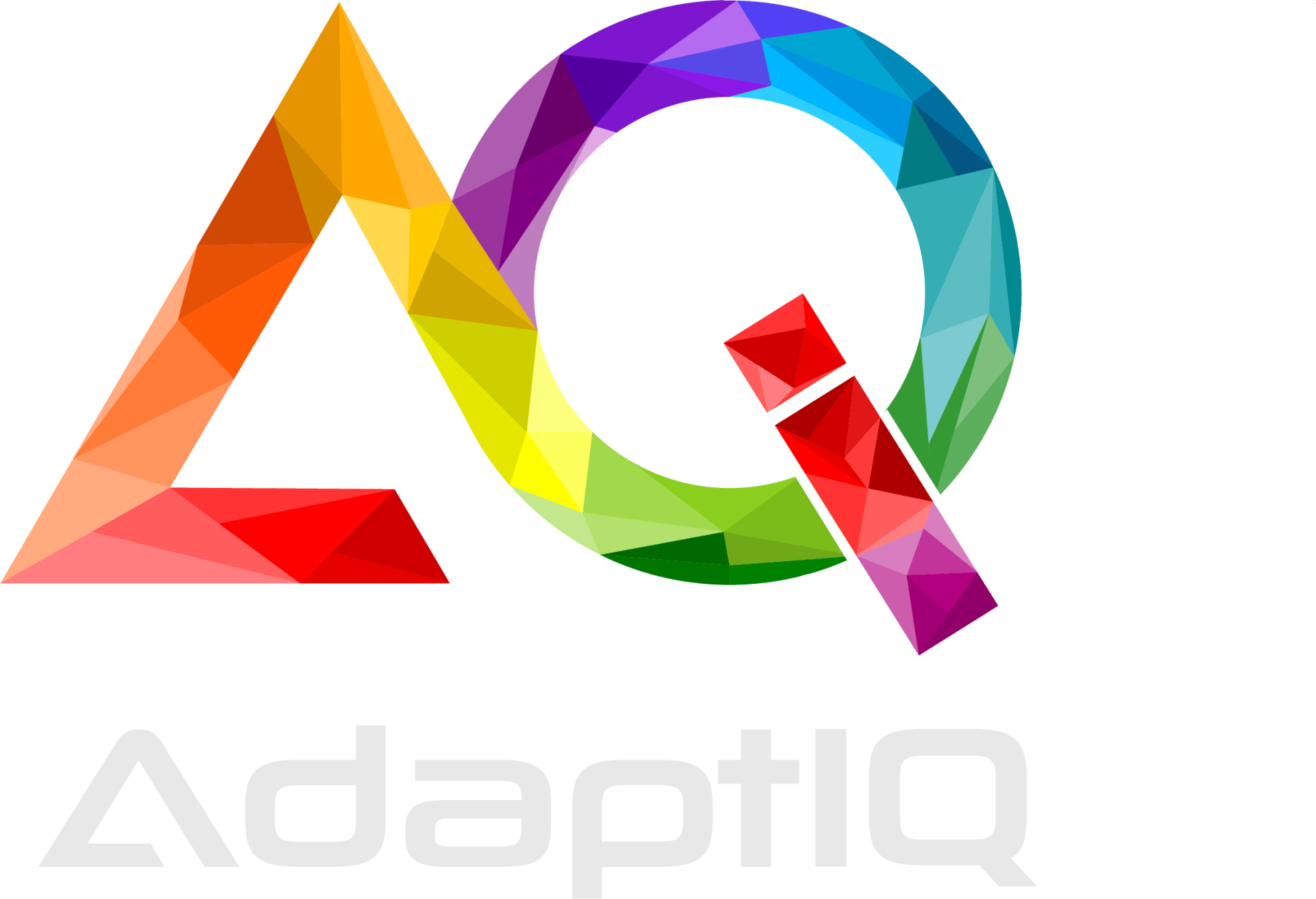
Motivation in the Age of Technology Moving from Algorithmic Work to Heuristic Work
Reward & Motivation in the Age of Technology
Until recently the majority of workers performed algorithmic work — that is, the type of work that follows set procedures to accomplish a determined outcome. In a world dominated by algorithmic work, the traditional measure of success is productivity and the primary motivational reward is cash. This profit equation is simple and well understood in business — higher levels of productivity per $ cost of labour creates more value (profit) for shareholders.
Flash forward to 2021 - around 70 percent of the workforce in developing countries now perform heuristic work — the type of that work requires conceptual or creative thinking. Heuristic work is the ‘higher-value’ work that cannot be automated or performed by robots or machines. It involves skills like innovation and analytical thinking — the very skills that a worker will need to succeed in 2025 according to the World Economic Forum’s latest Future of Jobs Report.
The world of work is changing — and so are our expectations. Job loyalty is a dying concept, flexible work is gaining traction, and despite on-site baristas and free lunches, more than half of employees would prefer to work from home. Something is missing from the equation lately and it has less to do with demanding millennials and GenZ’ers than you think!
As the fabric of work is shifting, how do we evaluate performance and compute appropriate rewards when the outputs are not as tangible as they once were? Read on to find out.
The conventional motivate-the-unmotivated method of the carrot-and-stick is founded on the assumption that if you give an employee a carrot, they will exert more of the behaviours you reward, and if you hit them with a stick, you’ll get less of those behaviours. Consequently, workers are rewarded for productivity — the more widgets you produce throughout your shift, the more money the business makes and you’ll be rewarded with a small slice of the action. Smart managers then devised tiered reward structures like commissions and bonuses to incentivise employees to work even harder — the greater the output, the bigger the reward.
Despite the shift from manual work to knowledge work, motivating people using cash-based rewards ( extrinsic motivation ), is deep-rooted in the workplace, particularly among older employees who are accustomed to it. Traditional approaches to motivation are outdated, and do not adequately address the needs of the creative and innovative workplaces of the 21st century.
In this video, Dan Pink outlines various studies that tested the carrot and stick approach. As expected, for algorithmic tasks workers were motivated to keep working and improving. However, researchers came across a very surprising result — when even a rudimentary level of cognitive skill is required to complete a task, larger cash rewards actually lead to poorer performance 🤯 Let that sink in for a moment — not only did larger rewards fail to motivate these workers — it actually caused their performance levels to drop!

The Candle Experiment is a clear example of how a monetary compensation can practically kill creativity, while at the same time making mechanical tasks work faster. In this study, participants were presented with a book of matches, a box of thumbtacks, and a candle. They were tasked with fixing the candle to a wall, then lighting it without dripping wax onto the table below. During the study, participants were separated into two groups. One group were told they were just doing pilot work to establish the norms on the times needed to solve. The second group were offered a cash incentive based on how quickly they could solve the puzzle. You guessed it — the latter group performed worse than the first group. The study found that the pressure to perform a problem-solving challenge in a competitive environment invoked a stress response in the participants— once triggered, this ‘fight or flight’ mechanism shut off the creative zones in the brain hindering the performance of the second group.
Assuming everyone is paid fairly to begin with, Pink outlines three elements of the motivation formula when heuristic work is involved — these are Autonomy, Mastery & Purpose.
AUTONOMY is the need to direct your own life and work .
To be fully motivated, you must feel in control of your work to some degree — what you do, when you do it, and who you do it with. Autonomy allows workers to be make decisions and be creative. The more meaningful those choices are, the more we feel in control. It’s an easy recipe for job satisfaction ( unless you are a control freak manager )
To test this theory, the team at Atlassian, an Australian software company, introduced ‘ ShipIt ’ days, where team members were given an entire day and a half to work on whatever company project they wanted. The practice proved highly successful and consistently led to many innovations for the organization.
By rethinking traditional ideas of control — the location of work, regular office hours, dress codes, expectations, targets, and so on — organisations can boost autonomy, build trust, and foster greater innovation and creativity.
MASTERY is the human desire for progress
If you are motivated by mastery, you’re probably keen to learn new skills and master new technologies. From professional athletes, to amateur hikers who climb Mt Everest as a vacation, the need for mastery is the driving force behind their continued motivation. Open-source communities, non-profits and B-corps around the world are powered by individuals seeking nothing in return for their efforts only a sense of progress and achievement.
However, not all challenges are created equal, or indeed equitable to everyone. To tap into the sweet spot we need to deliver Goldilocks challenges — tasks that are not too difficult, not too easy, but just right. Setting the bar too high can actually have the opposite effect and demotivate a capable team. The reward for mastery is simple — feedback and continued progress.
In his TED talk ‘ What Makes Us Fell Good About Our Work ’, Dan Ariely recounts a visit to a group of 200 engineers who had just been told their high-profile innovative project was being shuttered. “Ignoring the performance of people is almost as bad as shredding their effort before their eyes,” Ariely says. “The good news is that adding motivation doesn’t seem to be so difficult. The bad news is that eliminating motivation seems to be incredibly easy, and if we don’t think about it carefully, we might overdo it.” By far, the best book I’ve read on delivering feedback is Radical Candor by Kim Scott — if you squirm when giving or receiving feedback this book is the bible!
PURPOSE is the desire to be part of something larger than one’s self
Over the past few years we’ve witnessed an explosion of brands using purpose-marketing in an eager effort to appeal to Gen Z — the “woke generation”. Alongside new socially conscious brands like Tom’s, many older brands have adopted a purpose-driven approach in an effort to remain relevant. In 2019, Unilever chief executive Alan Jope boldly stated that the company will “ dispose of any brands in the portfolio that lack purposeful meaning ”.
Before that, the dis-loyal millennial job-hoppers had HR teams on the ropes. Workspaces were redesigned to make way for pool tables and soft seating, a smorgasbord of perks were rolled out in an effort to attract and retain the brightest talent — but they were never content. It turns out that millennials are not that unique after all, they simply want what everyone else does : meaningful work, autonomy, recognition, feedback and development opportunities.
Perhaps, if we think about workers as humans and not resources , we may get closer to a reward and recognition model that is less reactionary to the demands of the latest generation of talent, and centred around the core needs and desires of all humans.
As Dan Ariely put it “When we think about labor, we usually think about motivation and payment as the same thing, but the reality is that we should probably add all kinds of things to it: meaning, creation, challenges, ownership, identity, pride, etc.,”
That starts with enabling freedom : supporting the gig economy, remote working arrangements, and stepping back from micro-management. Freedom is built on a foundation of trust — when it comes to remote communications be on the right side of checking-in, rather than checking-up.
Offer the right challenges to the right people — that requires thoughtful consideration of your team’s capabilities and aspirations. The days of lengthy one-size-fits-all training courses are numbered. To drive engagement naturally, we need to meet the learner where they are. That means we need to invest time in understanding current competencies and aspirations, so that we can build a bridge from one to the other.
And lastly — start with why . The more businesses talk about purpose, the more it runs the risk of becoming just another corporate buzzword, and authenticity is paramount. Purpose answers an all-important question, “ Why does a company exist? ” — and the answer can serve as the beacon for all organizational decision-making. Having a team united around a common purpose is one of the most naturally motivational and engaging ways to work.
Motivation is not rocket-science, or a generational hack — humans are motivated by progress. Set the destination, create the right support, then step back and let the magic happen!
If you enjoyed this article, why not share it with a friend, or leave a clap behind on your way by!




